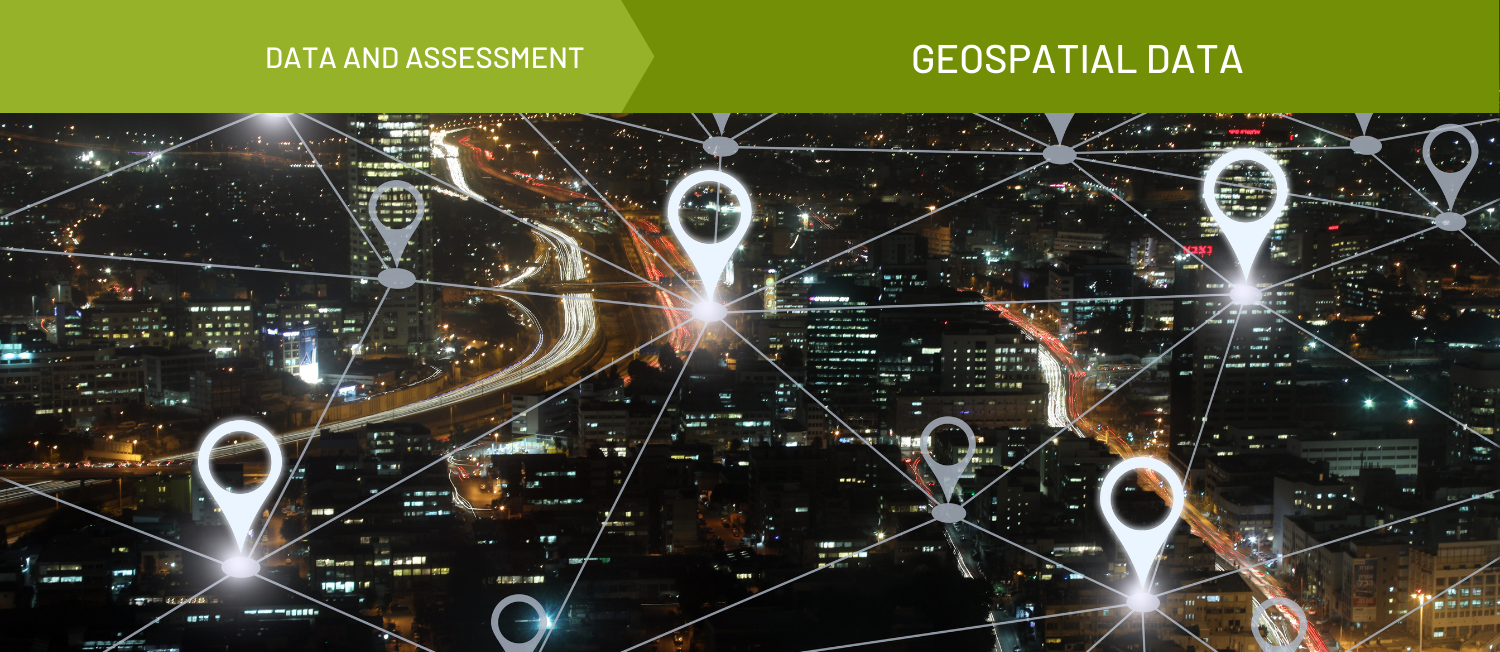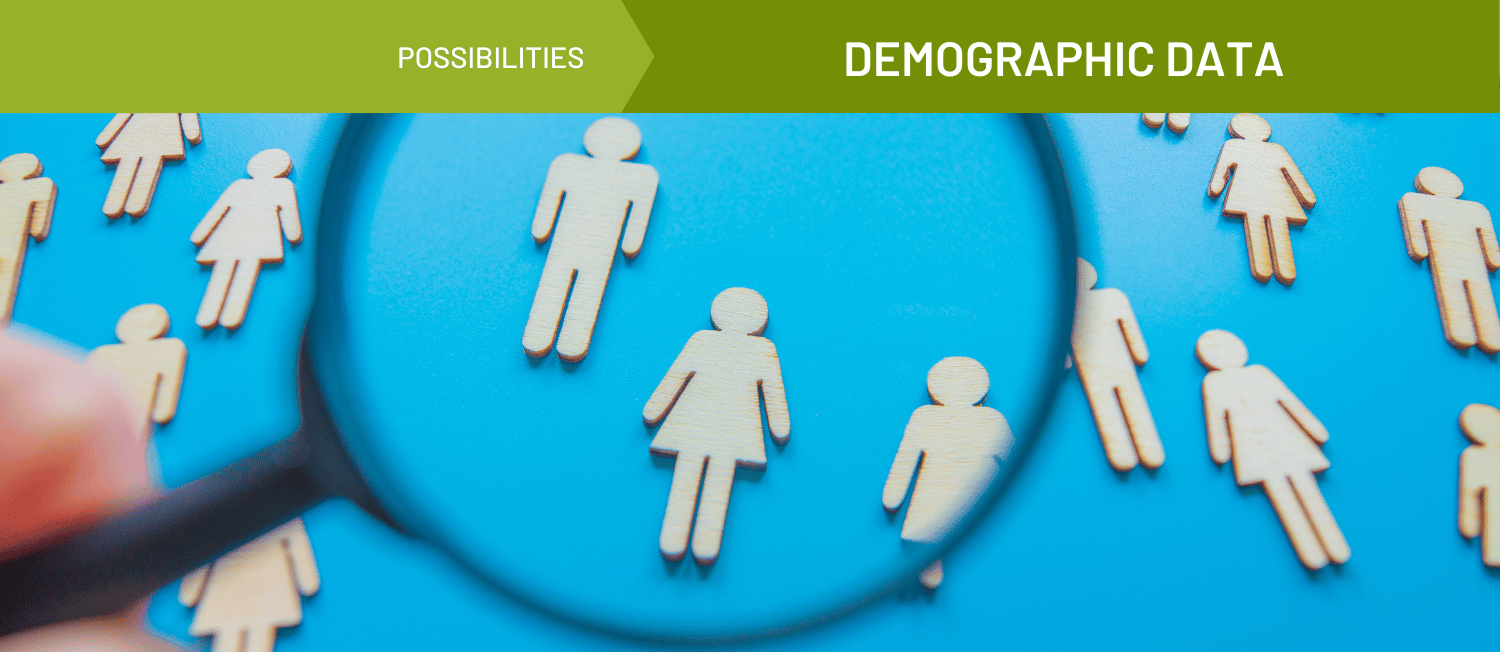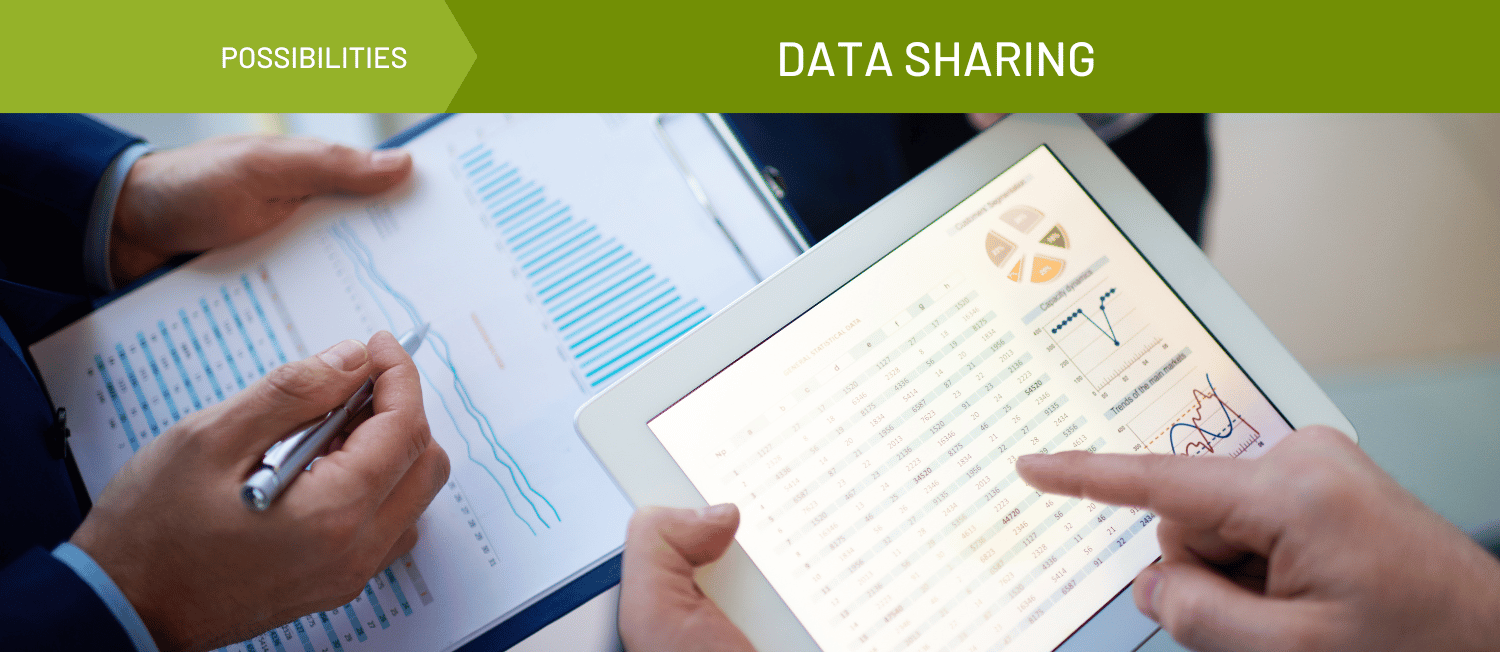Monitoring and Surveillance
Surveillance and monitoring are vital methods of collecting data over time and place. Public health surveillance involves systematic and continuous gathering and interpretation of data regarding health-related events and conditions in a community. These data, including time-series data, are crucial for informing public health policies and programs. Data for surveillance and monitoring are gathered through myriad secondary data sources, including regularly administered population-level surveys, laboratory records, electronic health records, syndromic surveillance systems, and more. Public health practitioners can use the data to identify epidemics, assess the efficacy of interventions, and make well-informed decisions to protect community well-being by tracking the incidence of diseases, risk factors, and health trends through surveillance and monitoring.
Data surveillance and monitoring are pivotal to robust local data ecosystems and provide a portrait of local conditions to inform decision-makers. It can empower stakeholders, such as community health practitioners, public health officials, and community development professionals to gather crucial insights that shape intervention strategies and policies for impactful outcomes.
There is a history of data being used in ways that do not benefit those the research and data focus on. Worse still, data have been weaponized against people and communities, perpetuating discrimination and other data misuse. In a community setting, disease surveillance and monitoring can increase our understanding of who is thriving, and who isn’t, as well as help us understand why or why not. The COVID-19 pandemic exposed significant failures in public health surveillance systems worldwide. Public health systems locally and nationally both struggled with delays in detecting and responding to the virus, resulting in widespread transmission and substantial loss of life. Key challenges included inadequate testing capacity, slow data reporting and sharing, and inconsistent public health measures. The pandemic served as a reminder of the critical importance of timely and comprehensive surveillance in protecting public health and preventing the escalation of infectious diseases.
Data surveillance serves multiple purposes, including detecting epidemics, tracking health issues and behavioral changes, monitoring infectious agents and environmental factors, and evaluating program effectiveness and control measures. Leading practices emphasize privacy, data equity, accessibility, and transparency. Disease surveillance and monitoring may have significant equity implications. While ideally, data collected can be used to track trends over time for a community of interest, data are only as good as their design and implementation.
Best practices such as the following can help ensure best equity outcomes:
Develop integrated surveillance systems that combine data from multiple sources and data reporting tools to streamline data collection and analysis
Establish real-time data collection and reporting mechanisms to ensure rapid detection of disease outbreaks and trends
Capture demographic data to highlight health disparities among communities
Foster communication and transparency with communities in which data is being collected from
Establish data privacy and security measures to protect sensitive health information
Resources & Tools
Web-Based Infectious Disease Surveillance Systems and Public Health Perspectives: A Systematic Review
Resource - Journal Article
The United States Public Health Services Failure To Control the Coronavirus Epidemic
Resource - Journal Article
Global Indicators of Workplace Performance & Societal Health
Resource - Website/webpage
Brought to you by Gallup
Using Benchmarks to Explore Population Health Data
Story
Brought to you by IP3
Published on 08/23/2022
Understanding and Interpreting Population Health Measures
Story - Written
Brought to you by IP3
Published on 11/15/2022
Related Topics






 Original
Original












